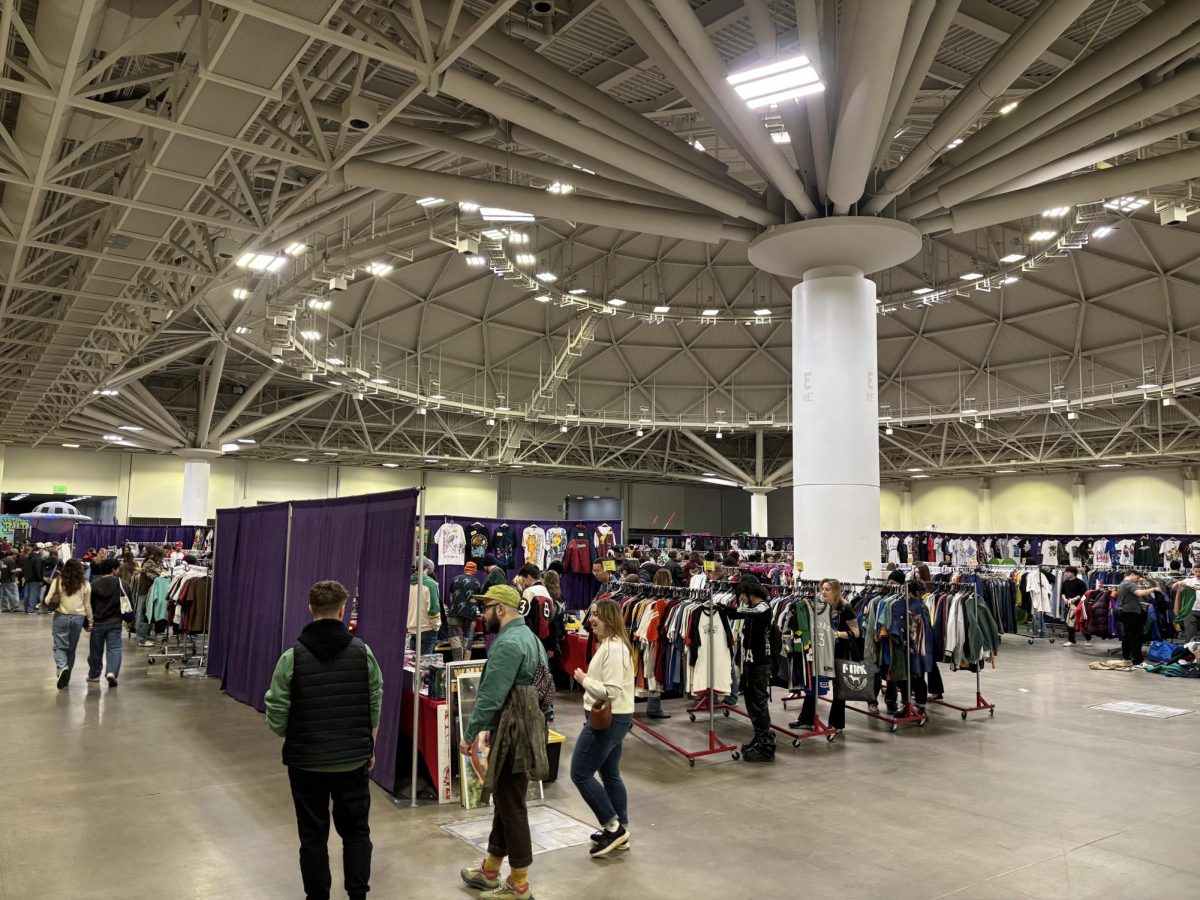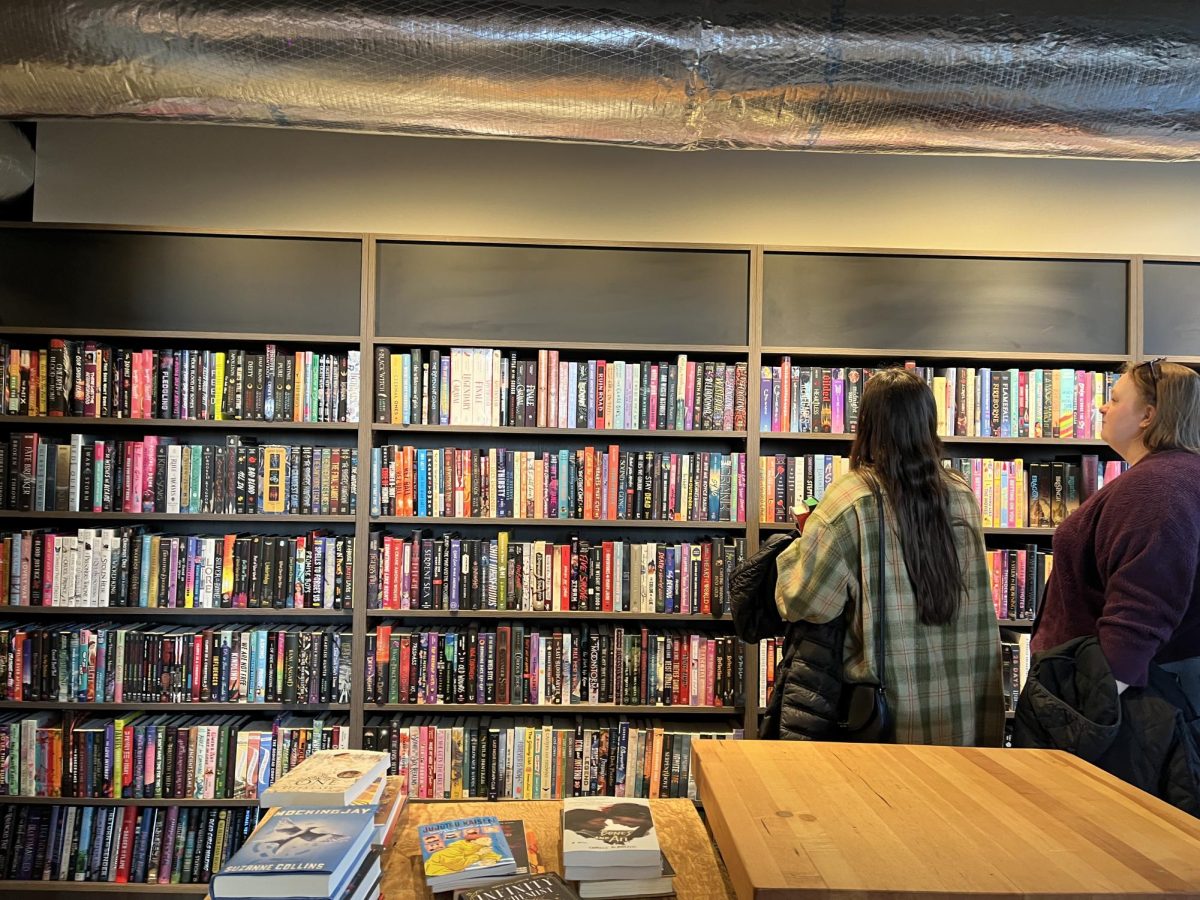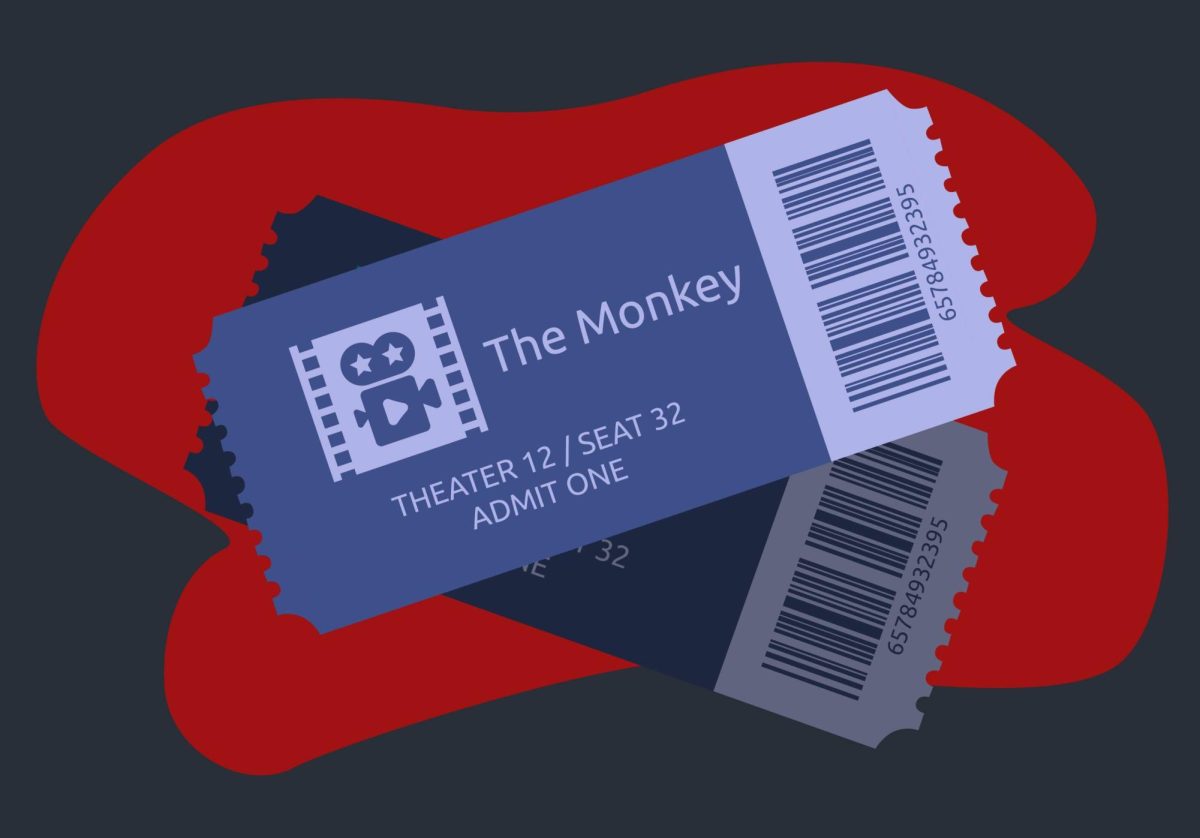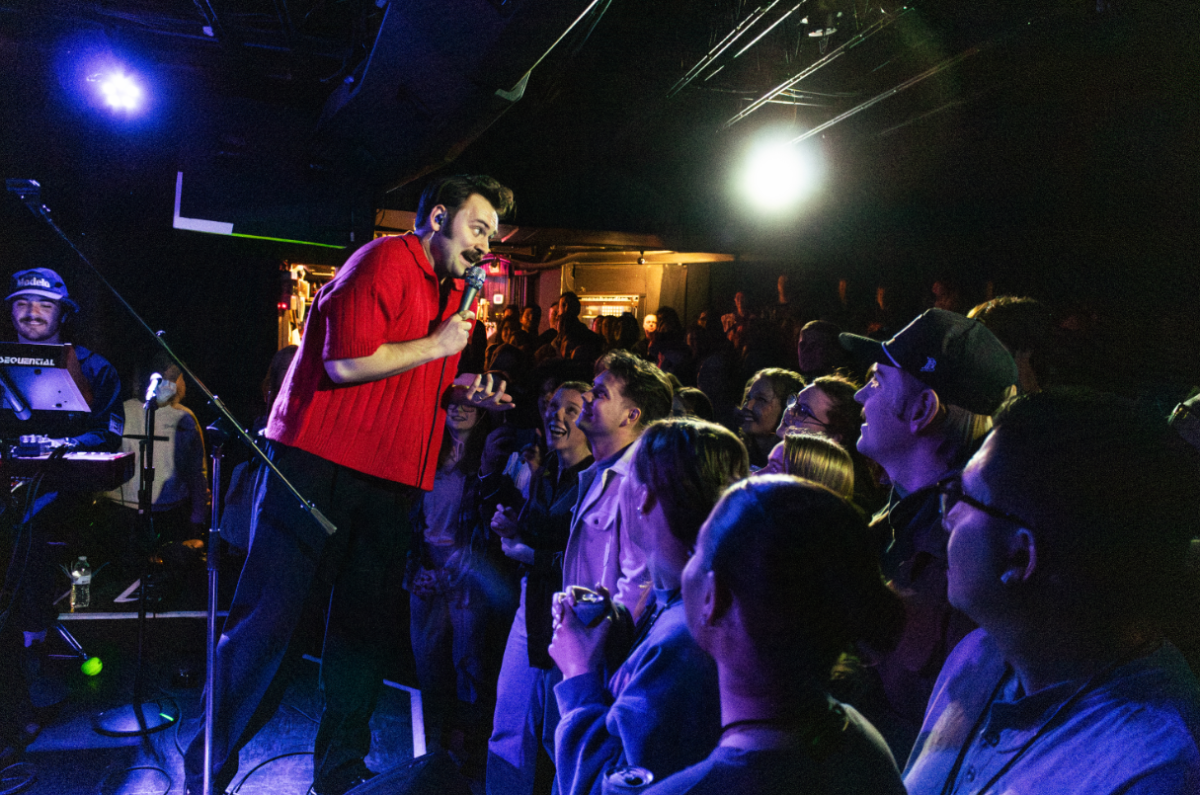As real life becomes more and more ridiculous, there’s something comforting about a place where shocking the audience has always been the goal.
Historically, that place has been the circus.
With the dearth of traveling carnivals in the United States, however, viewers increasingly turn to outlets such as reality TV instead of sideshows to get their dose of the unbelievable.
Luckily, the Bell’s “Under the Bell Big Top: The Circus, Carnivals and Other Travelin’ Tales” proves there is no shortage of documentaries on the subject.
“We were trying to find films on subjects that exist outside the norm, that will take viewers to places they haven’t been before,” said Adam Sekuler, Bell program director. “(Carnivals) are a part of a multifaceted interest people seem to have in the bizarre and the absurd.”
The seven films showing in the series represent a geographically diverse body of work, Sekuler said, taking place in countries as varied as China, India and Germany.
In “Starkiss: Circus Girls in India,” life under the “big top” takes on new meaning as young female circus performers live under constant surveillance of guards.
The girls, sold into the profession by their parents, work for dollars a month, trying to pay back the debts their families have accrued to the Great Rayman Circus.
The appeal of the film comes not from the absurd lifestyle of the performers. Rather, it is the very ordinary emotions the artists and performers experience living away from home and spending years of their lives away from the mores of everyday society.
As a whole, the films also illuminate the rich history of the carnival industry, several tracing it back to its vaudevillian roots.
It is a history that has largely been ignored.
“Ideally, (this series) could start a discussion about preservation of cultural history, about the broader historical context of the art form,” Sekuler said. “It’s a discussion that is increasingly important in light of America’s current cultural domination, with people ‘receiving their culture’ sitting isolated in their living room, instead of out in the community.”
While the cinema setting at the Bell lacks the live aspect of a carnival, the interaction of moviegoers in a darkened theater does create a sort of makeshift community – minus the guy swallowing swords, of course.







